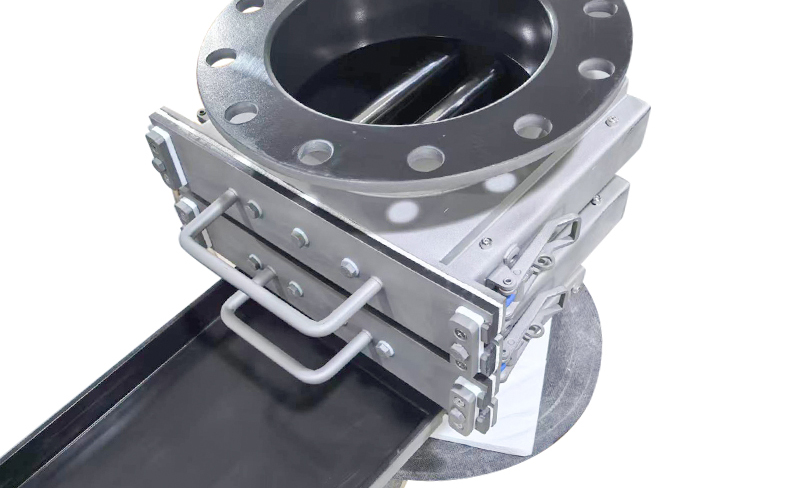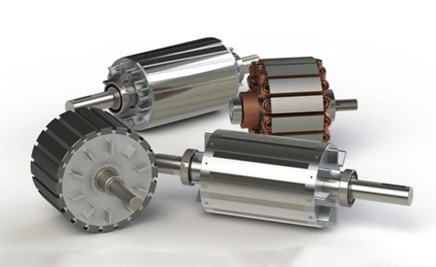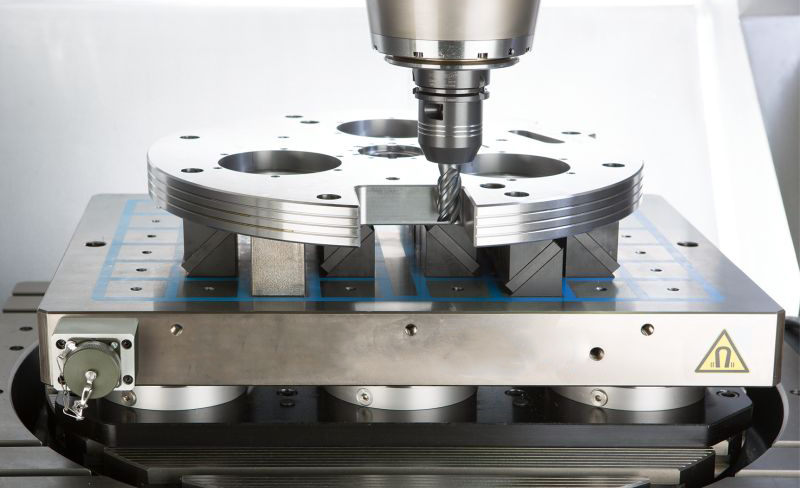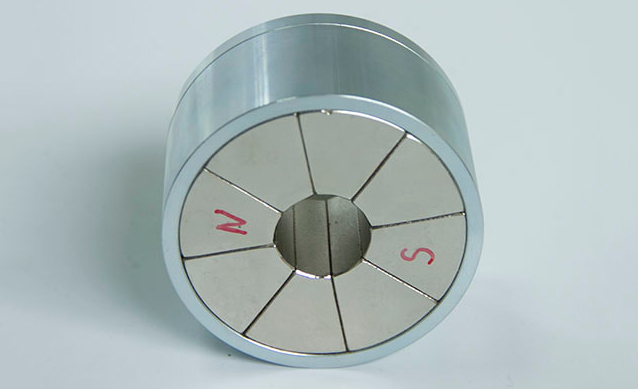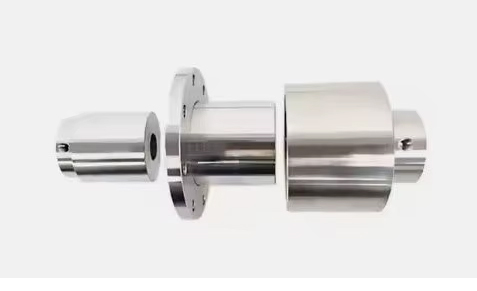To provide an accurate quotation and solution for a magnetic rotor, it is essential to gather comprehensive details on the following key aspects. This information helps evaluate design, materials, manufacturing processes, and costs to ensure the solution meets your specific requirements:
1. Basic Parameters
Dimensions & Shape: Outer diameter, inner diameter, length, number of poles (magnetic poles), and whether complex geometries (e.g., arcs, sectors) are involved.
Weight Requirements: Target weight (e.g., for inertia considerations).
Tolerance Standards: Critical dimensional tolerances (e.g., concentricity, flatness).
2. Magnetic Performance Requirements
Magnet Type:
Permanent magnet (e.g., NdFeB, ferrite, SmCo) or electromagnet.
For permanent magnets, specify grade (e.g., N35, N42) or energy product (BHmax).
Magnetization Method: Radial, multipole, Halbach array, etc.
Operating Temperature: Maximum/minimum working temperature (affects magnet selection and coating).
Demagnetization Risk: Exposure to high temperatures or reverse magnetic fields.
3. Materials & Structure
Magnet Mounting Method:
Adhesive bonding (specify temperature resistance), mechanical fixation (e.g., stainless steel sleeve), overmolding, etc.
Rotor Core Material:
Metal (e.g., silicon steel, aluminum) or non-metal (e.g., composites), with consideration for eddy current losses.
Protection Requirements:
Coating (e.g., nickel, zinc, epoxy) or surface treatment (corrosion/wear resistance).
4. Application & Environment
Purpose: Motor type (e.g., BLDC, servo, wind turbine), medical devices, aerospace, etc.
Rotational Speed: Maximum RPM (affects balance and strength requirements).
Environmental Conditions:
Exposure to moisture, chemicals, dust, vacuum, or radiation.
Need for explosion-proof or IP-rated protection.
5. Performance & Testing Requirements
Dynamic Balance Grade: E.g., G2.5, G1.0 (based on speed and industry standards).
Mechanical Strength: Requirements for shock/vibration resistance (e.g., automotive or aerospace standards).
Electromagnetic Performance: Parameters such as flux density, torque curve, or cogging torque requirements.
6. Quantity & Supply Chain
Order Volume: Prototype, small batch, or mass production (impacts tooling costs and unit price).
Lead Time: Urgency for prototype delivery.
Certifications: RoHS, REACH, UL, or industry-specific standards (e.g., IATF 16949 for automotive).
7. Other Special Requirements
Serviceability: Modular design or ease of magnet replacement.
Cost Targets: Budget constraints (may influence material/process selection).
Design References: Provide drawings, 3D models (e.g., STEP/IGS files), or sample photos to expedite evaluation.
Why Is This Information Needed?
Precision & Efficiency: For example, high-speed rotors require strict dynamic balancing, while high-temperature environments may necessitate SmCo magnets.
Cost Optimization: NdFeB offers high performance but at a higher cost, whereas ferrite is more economical.
Reliability: Protective coatings and mounting methods directly impact lifespan.
The more detailed the information provided, the more accurate the solution and competitive the quotation. If certain parameters are uncertain, describe the application scenario, and we can recommend standardized options.
